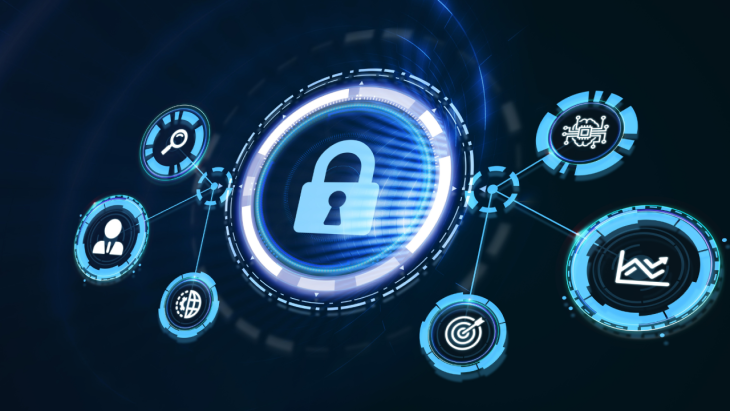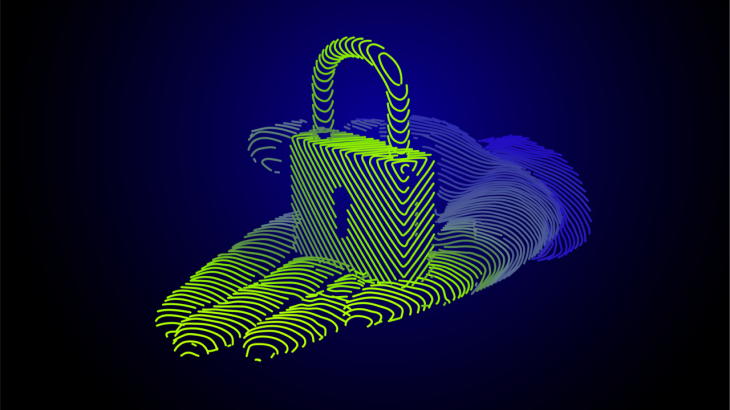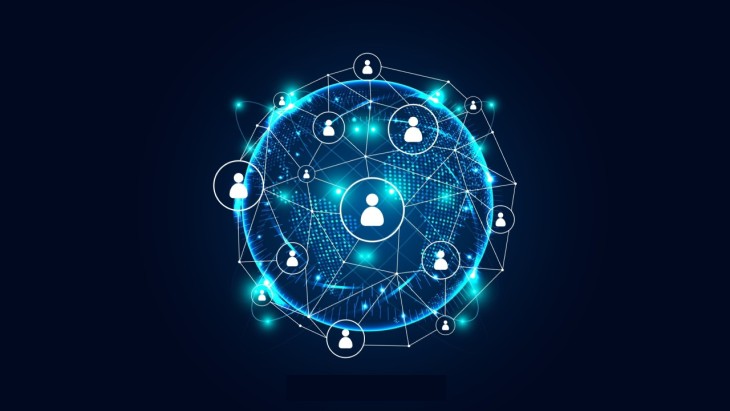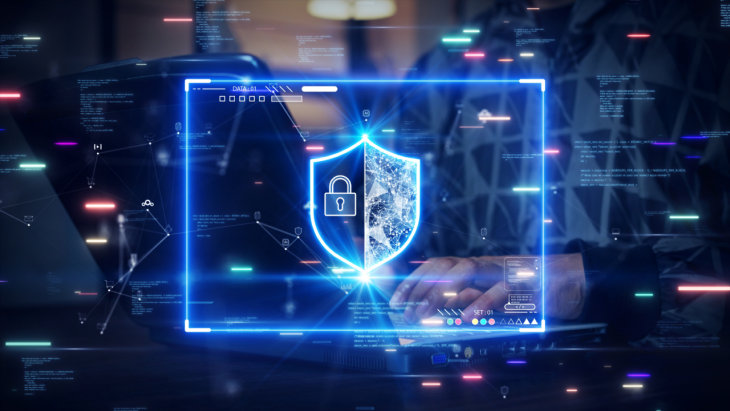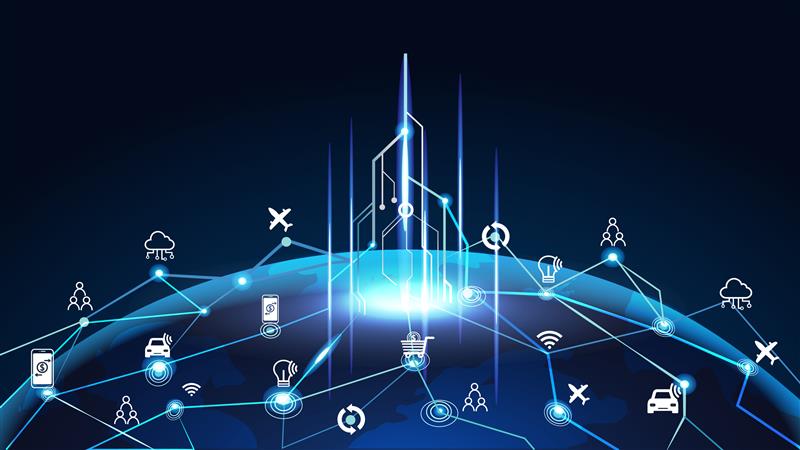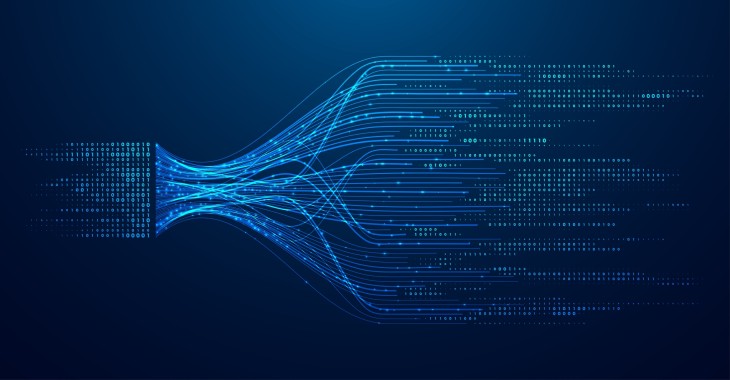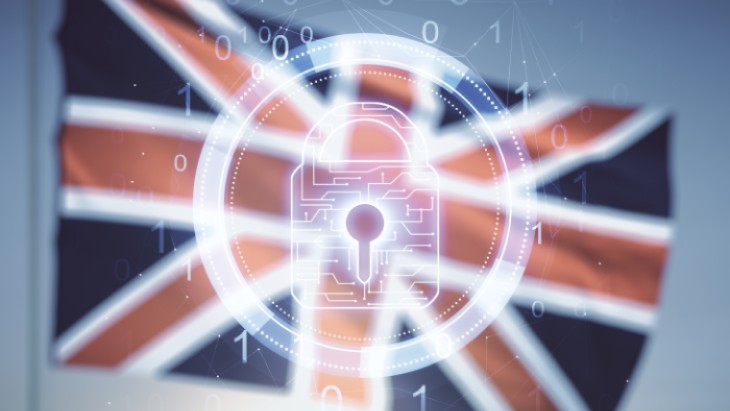
Cybersecurity Risks That Use Metaverse As a Tool
Cybersecurity is among the key issues facing organizations that are part of the postmodern society and keep up with digital transformation and thus have come to manage the metaverse universe. Metaverse, i.e. meta-universe or virtual universe, refers to three-dimensional online virtual universes created with computers and augmented reality tools. This universe can be briefly described as a three-dimensional online world concept where you can organize and participate in corporate events, dine and go to movies with your friends. Metaverse promises an infinite mix of virtual and physical reality and allows you to create a parallel between digital and real life.
Metaverse attracts people who dream of being at the center of business and social life in the future. However, the biggest problem is there: data and access security. At this point, organizations that can manage or take an active role in the metaverse must consider how to protect data in the three-dimensional, unlimited virtual online universe. The answer to this question lies in the use of advanced cybersecurity protocols that can help you ensure data security in metaverse. Let's take a look at how to safely protect the masses of data in the metaverse safely, the new object of interest that the digital world and software offer humanity.
Why is Cybersecurity Important in The Metaverse?
Almost all major players in the business have become standard-bearers of digital transformation and many different elements of workflows have gone online, which increases the likelihood of cyber threats to achieving their aims. Today's cyber attackers benefit from artificial intelligence (AI) and machine learning as well as traditional methods to create an attack vector, making it difficult to take precautions against the attack vectors in the digital world.
The relationship between the metaverse and cybersecurity is crucial as the universe is at the center of digitization and data flow in the online environment. It bears mentioning that both the digital and physical attack surface has increased significantly, as the metadata storage of the universe will host infinite piles of data in the future and VR goggles and headsets will be required to exist in the virtual universe.
The fact that the digital world and the metaverse universe within include a large attack surface is a boon for a hacker. A hacker who succeeds in incorporating traditional methods, artificial intelligence (AI), and machine learning into the attack vector can easily disrupt a metaverse event that does not employ sophisticated cybersecurity protocols, captures the data from that event, and easily gains access to the organizing organization's data in the metaverse.
Finally, if the organizations running the metaverse universe do not take the necessary precautions against potential cyber threats, and data breaches occur on the network as a result, it may make people less enthusiastic about taking part in the virtual universe.
Cyber Risks in the Metaverse
While the Metaverse provides users with unlimited diversity, it is very tempting in terms of cyber risks. Metaverse platforms present various cybersecurity issues due to the expansion of attack surfaces, software infrastructure, and keen user participation. It might be useful to explore these questions together.
- Moderation:One of the biggest security issues in the Metaverse universe is moderation. There is no support access for many of the files on the network, which can deprive users of cyber support.
- Identity:The credentials and avatar of any user in the virtual universe can be compromised by cyber attackers. Theft of credentials is among the types of cybercrime that is likely to occur in the metaverse.
- Client vulnerabilities:VR goggles and headsets are one of the most important security issues related to the metaverse. These clients, which cause you to become an open target on the network for malicious attackers, can be subject to device and location tampering, leading to a case of a data breach in the Metaverse.
- Malicious Users: The metaverse can be viewed as a move to strengthen and diversify communications between users from a perspective distanced from technological determinizm. Organizations can build business relationships and manage workflows in this universe, which could be abused by malicious users.
- Data reliability:Confirmation of location, product quality, user information, and third-party data is very important for data reliability and accuracy. In the Metaverse universe, you need to use an advanced authentication and cybersecurity protocol to validate data across all parameters.
- Data privacy and legal regulation:There is no legal regulation yet for the data masses in the Metaverse universe. The privacy of personal data, which is protected in the physical world by regulations such as GDPR and PDPL (Personal Data Protection Law), is entirely up to the platform operator in the virtual world. This leads to privacy concerns among users.
The Essential Step for the Metaverse Universe: Authentication
The indispensable element for securing operations in the Metaverse universe is authentication. Authentication is of vital importance when it comes to protecting the valuable digital and cryptographic assets of users in the virtual universe. It is critical for both platform operating companies and end users that Metaverse platforms protect users' crypto assets and other valuable digital assets through advanced authentication methods.
In the event of a network security vulnerability and resulting data leak, not only do users lose their crypto assets, but companies can also suffer from a loss of reputation for not having the necessary security protocols in place. Furthermore, the loss of reputation can prevent companies from becoming major players in the metaverse in the future. These companies may even suffer losses of millions of dollars.
So, what do you need to build a secure authentication system in the metaverse? Multi-factor Authentication and Dynamic Data Masking Solutions are the key elements you need for an advanced cybersecurity system. Thanks to Multi-Factor Authentication, you can create an audit mechanism that checks multiple parameters simultaneously when a user accesses an IT infrastructure. Automated short-time codes, biometric data, and location-time information are the basic components that underlie the operating principle of MFA.
Dynamic Data-Masking is an ideal way to protect the original data stacks in the IT infrastructure and hide them from cyber attackers. Dynamic Data-Masking allows data to be replaced with data peers that look like the original data, in order to hide their original situation. This way, it helps organizations create an advanced cybersecurity protocol by replacing user data in the Metaverse universe with other data directories.
Single Connect, Kron’s Privileged Access Management (PAM) solution can help enterprises ensure advanced level security in the metaverse with its Multi-Factor Authentication and Dynamic Data-Masking modules. Single Connect enables you to authenticate by creating a real-time control mechanism for the virtual universe, as well as hiding data owned by metaverse platforms using decoys to lure cyber attackers away from their actual targets to ensure cybersecurity.
You can contact us to take advantage of Single Connect's advanced features and unique modular structure that make Metaverse platforms more secure. You are free to consult our staff about all the features of the Single Connect product range in detail and approach our experts with any questions or queries.
Highlights
Other Blogs
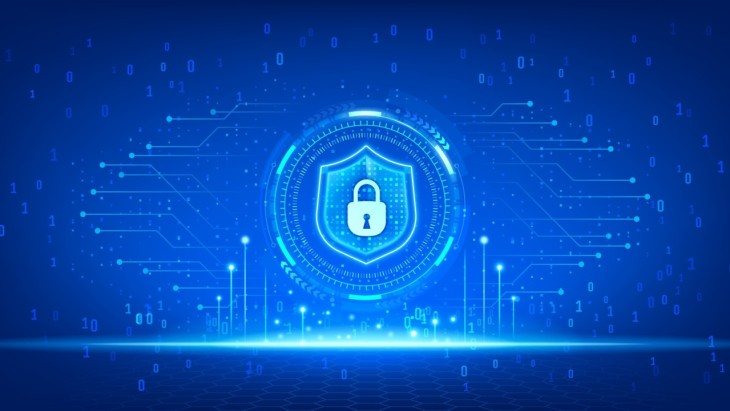
Beyond Passwords: How Kron PAM's MFA Fortifies Your Enterprise Against Modern Threats


